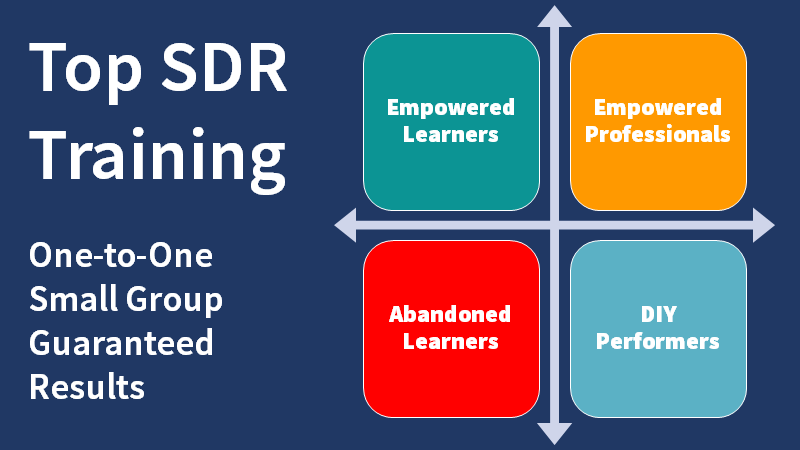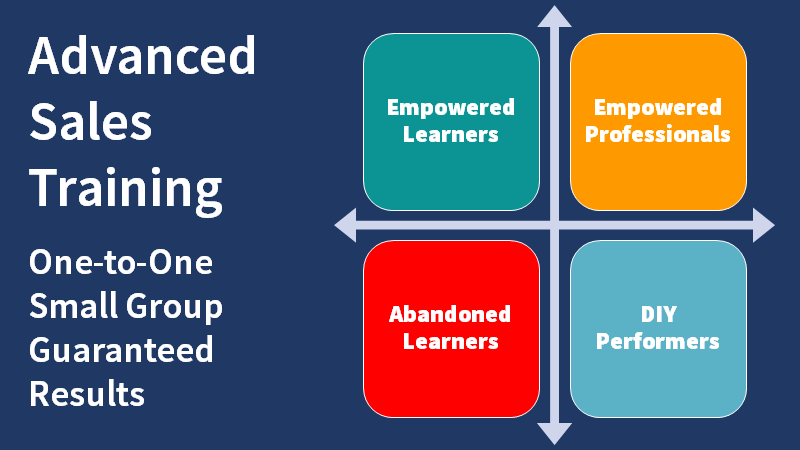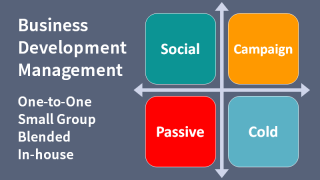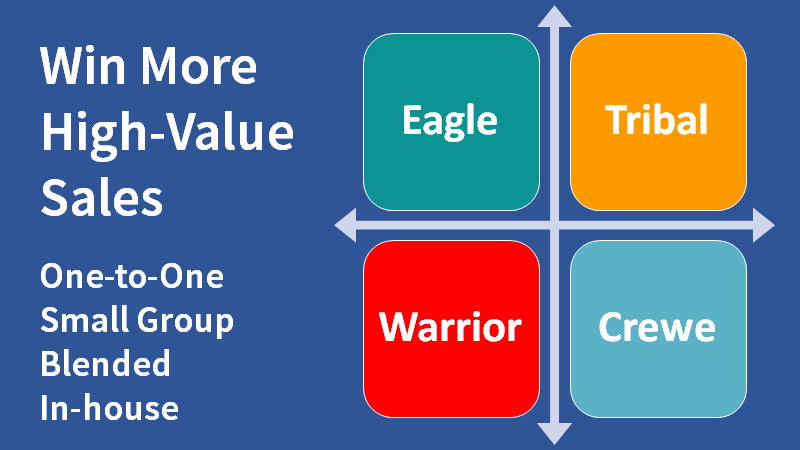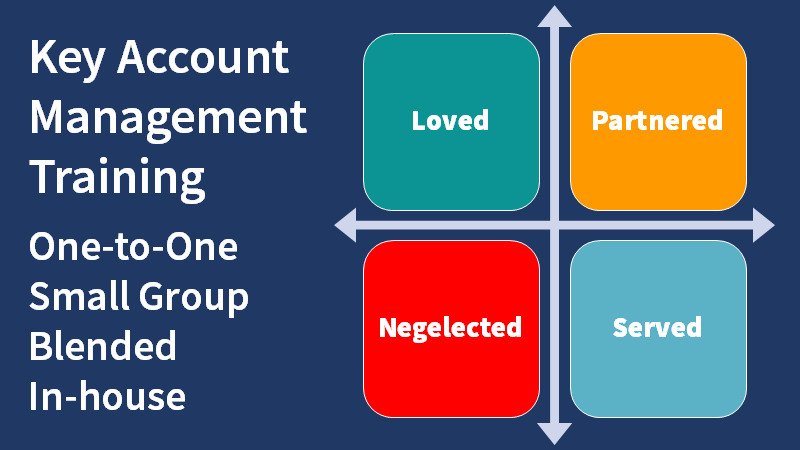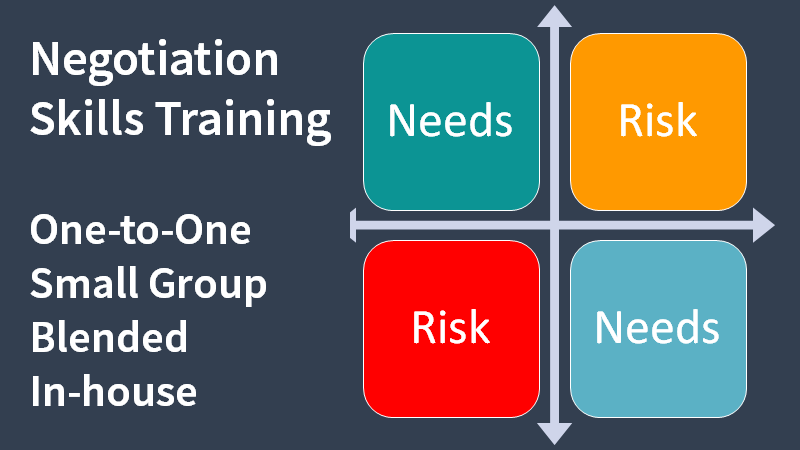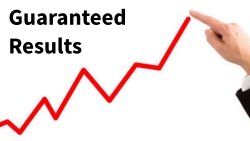Set marketing strategy and adjust the marketing plan to drive the business development plan at any phase of the business cycle.

Adjusting marketing strategy and the marketing plan to maximise opportunity in a downturn is the focus of this paper by Henry Newrick.
Preamble
Many readers may have a sales or sales management perspective and could be reading this at any point in the wax and wane of a business cycle however, the marketing arguments convincingly postulated below seem equally applicable to prospecting and other sales lead generation activities, hence the inclusion of this powerful study by Henry Newrick:
Paper by Henry Newrick - Part 3 of 4
Making it simple
An interesting answer has been suggested by Dr Paul M. Carrick Jr, former Assistant Professor of marketing at San Diego State College, California. In his PhD thesis, “The Psychology of Rationality”
Dr Carrick casts doubts on the traditional explanations of the need for continued advertising – educating the young, the rate of forgetting, and the character of the learning process. Instead, he saw the answer in terms of one characteristic of the decision-making process under conditions of uncertainty.
People deal with uncertainty by means of extensive simplification of reality – and hence continued advertising is necessary because of a simplification consumers make to facilitate brand selection.
“Brand selection”, said Dr Carrick “is resolved in many ways. One way seems to occur very frequently – consumers assign significance to alternative brands by comparisons of the relative frequencies with which each has been recently advertised.
Frequencies are computed in rather large units over a short period of time preceding the actual choice.
“Quality and advertising frequency are believed to be positively correlated: The higher the frequency, the better the quality. Such a procedure is economical for consumers.”
Dr Carrick went on to validate his hypothesis by appealing to a host of psychological studies. And he was quick to point out the weight of marketplace evidence for it. “In terms of an explanation that views advertising frequency as a criterion for brand selection, a fall in advertising expenditure relative to competitors should result in a loss in sales”, he stated. “Available evidence substantiates this explanation.”
Dr Carrick’s thesis is basically simple – yet it explains so much. If consumers, faced with proliferating products and reams of conflicting claims, simplify their buying choices by equating quality with advertising frequency, then it becomes obvious why even a popular product cannot survive a lack of advertising. People assume, subconsciously, that its quality has slipped – or that competitive products still being advertised must be of higher quality. And in today’s competitive marketplace, unfavourable assumptions like that about your product would be disastrous.
What happens when you don’t stop advertising? So far we’ve looked upon the negative side – gloomy tales of woe about companies that cut back on advertising. We’ve glanced at a suggestion that may explain why dire consequences so often follow such a cut-back. But if that suggestion and our hypothesis are correct, the opposite should hold good. Are there any spectacular success stories of companies that kept on advertising – especially in times of recession or shortage when their competitors slashed their budgets?
There are indeed. And they are thought-provoking stories that show why the next year or two is a time of rare opportunity – a time when some alert companies will achieve a new market dominance that could persist for many years.
Such thinking was a favourite theme of Charles H. Brower, a former president of BBDO. Writing in ‘Sales Management’ he noted: “The winner (in times of an economic downturn) is likely to be the manager who keeps the pressure on as strongly as he can at all times.
When I was a kid in advertising, the elderly cynics of the era were fond of saying that there were two times when advertising was likely to be cut. These were when sales were good – so that it wasn’t needed; and when sales were bad – so that the business couldn’t afford it.
That may well have been true years ago but today you will find few subscribers to such an ancient practice. “Philco knew the answer half a century ago. Following the crash of 1929, the advertising of radios by all manufacturers dropped from $16 million to an eventual low of $2 million by 1933. In contrast, Philco expanded its advertising after 1929 and maintained a high level throughout the Depression. Naturally, Philco did not just spend money. It had something to talk about – a new, low-priced table model.
The two things – courageous advertising plus product news – brought it out ahead. “I will hasten to point out that the combination of product news and sound, unrelenting advertising is open to any company. For few, if any, products have had their news value rung dry. There is almost always a new use, a new time to use it, a new place to use it, or something new to use it with.
I have said it before; Put news in your product and it will put your product in the news. “Don’t go into your shell when the going gets tough. Get tough yourself – the time to scare competition is when it is already scared by circumstances. “Actually there is no time when ingenuity cannot create advertising that will build your product name and ensure the healthy growth of your company. And there are few things as detrimental as a lapse in advertising.
It costs much more to get up advertising momentum than it costs to keep going. And once you let momentum die you must start almost from scratch again.
“Take the war years, 1941 to 1945. When a company’s products were clean off the market, was there any sense in advertising? Many companies did, nonetheless. And as a direct result many gained a leadership that they still hold today. Others lost leadership that they are still struggling to regain. “Fortunately, I believe, top management today has learned from the wars, depressions and recessions of the past. Not only do they regard advertising as a necessary business tool, they recognise its value in times of slump.
Whereas before, the advertising budget was the first to get clipped in slack times, today this is not necessarily so.
Compiled and edited by Henry Newrick Team House, 208 Church Road, Hove, East Sussex BN2 2DJ. United Kingdom. Tel. 0845 222 0053. http://www.henrynewrick.com/
Post-Amble
Strategy drives tactics. Business strategy informs the marketing strategy which in turn determines the marketing tactics that are combined to form a marketing plan. The overall plan must accommodate the business cycle and drive marketing investment. The tail wags the dog when short-term business fluctuations dictate marketing investment.
Clive Miller
Related Documents:
Selling in a Falling Market
8 Emergency Steps for Selling in Difficult Times
Develop Creative Thinking to Solve Sales Challenges
Business Survival Sales Training
If you need to create a winning marketing strategy or improve a marketing plan, we can help. Telephone +44 (0)1392 851500. We will be pleased to learn about your needs or discuss some options. Alternatively Send email to custserv@salessense.co.uk for a prompt reply or use the contact form here.





